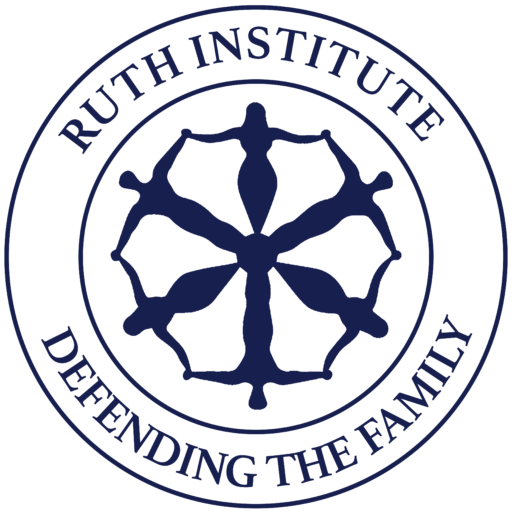by Jenet Erickson, a Ruth Institute Circle of Experts member
This article was first published at Public Discourse on May 18, 2015.
Mothers and fathers are not interchangeable—they both add distinct benefits to the development of children. Courts and legislatures can change legal
definitions, but they cannot alter biology or psychology.
As the Supreme Court considers whether to redefine marriage in genderless terms, scholars supporting gender-diverse parenting filed an amicus brief urging the Court not to eviscerate this fundamental norm of marriage given its crucial benefits to the development of children. If same-sex marriage
is constitutionalized, the message the law will send is that the gender of parents becomes valueless, since any two adults will do.
Gender Diversity Is in Our Genes
In the late 1970s, Azim Surani tried to create new life using two sets
of genes from only a mother, or a father. Everything then known about genetics suggested that with the right number of chromosomes, life would develop
normally, even if all of its genetic material came only from a female or a male. But the eggs with only the mother’s genes could not survive. A similar
fate met the eggs implanted with two sets of father’s genes.
As science reporter Paul Raeburn describes, Surani discovered that mothers and fathers each contributed something in their genes that was critical to sustaining
life. These “paternal” and “maternal” genes appeared completely indistinguishable in every way, yet expressed themselves differently depending on whether
they came from the mother or the father. And both were essential to the survival of the egg.
The essential need for both a mother and a father to provide genetic material for survival parallels what social science tells us about the importance
of mothers and fathers in children’s development. Fathers and mothers bring similar, even indistinguishable, capacities that enable healthy child development.
But like the complementarity of the left and right halves of the brain, they also bring distinct capacities that provide complementary, irreplaceable
contributions to children’s healthy development.
Coo and Cuddle vs. Tickle and Toss
Consider what social science research reveals about how mothers and fathers distinctively influence children’s social and emotional development.
Mothers are biologically primed to provide nurturing oriented toward creating a strong attachment relationship. Dramatic increases in oxytocin and
oxytocin receptors during the process of giving birth and caring for infants act like a switch in mothers, turning on maternal behaviors. New moms
find themselves expressing positive feelings, affectionately touching and gazing at their infants, and engaging in “motherese” vocalizations. Infants’
levels of oxytocin parallel their mothers’, producing feelings of calm and well-being that similarly bond mother and offspring.
Fathers also experience significant physiological changes that “prime” them for bonding. But the same hormones elicit different types of responses. Instead
of inviting “security-inducing” behaviors, fathers’ levels of oxytocin are associated with “stimulatory” behaviors, like tickling and bouncing. This
suggests a biological foundation for what we observe all around us. While mothers are more likely to “coo and cuddle” their infants, fathers are more likely to “tickle and toss.” These
differences foreshadow more extensive complementary patterns exhibited across children’s development.
Identity and Emotional Capacity vs. Social and Relational Capacity
Find the rest of the article here.
